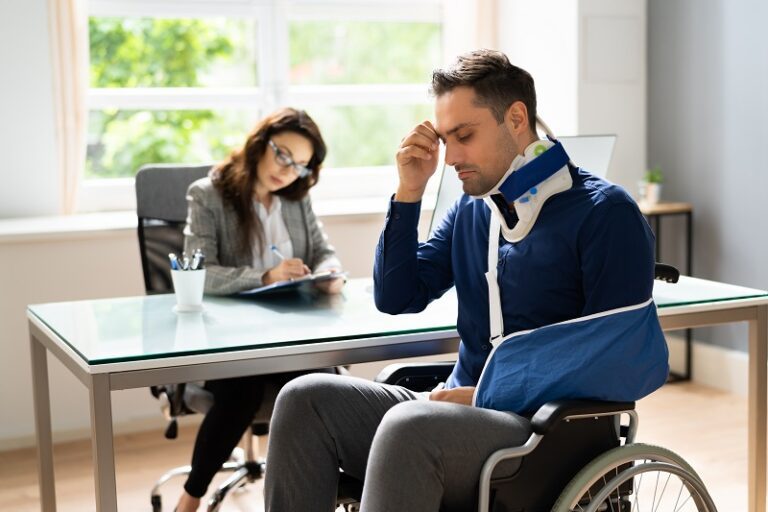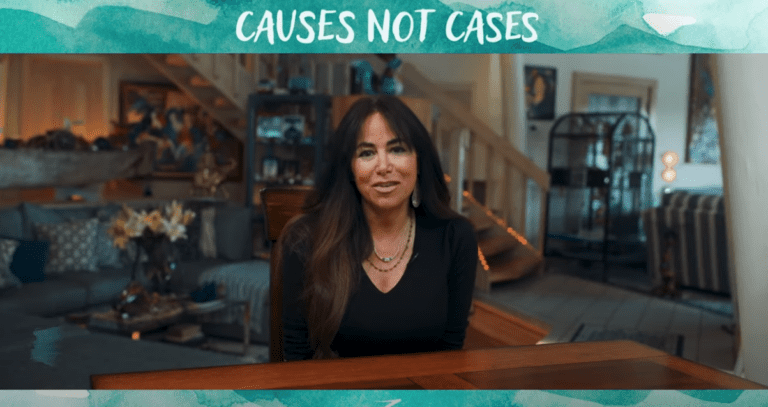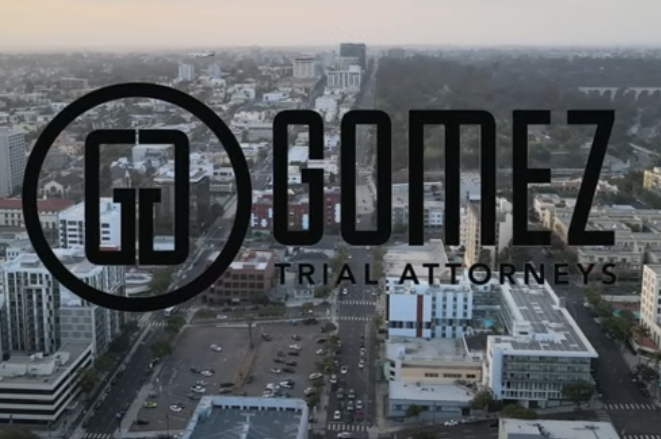Traffic accidents are an everyday occurrence in California, with more than 3,000 people killed in car accidents and more than 250,000 injured each year. The Insurance Information Institute reported that, in one year, 36,750 people died due to traffic-related accidents.
Although this number of fatalities represented the second year in a row of declines, the number of fatal accidents involving older drivers over the age of 65 increased, as did those involving pedestrians, and those involving large trucks. Nearly half of all motor vehicle crashes take place on Friday, Saturday, or Sunday, and October is the most common month for car crash fatalities, while January is the least common.
Daylight Savings Time generally results in an upswing in traffic accidents, as do the holidays. Thanksgiving week results in about 50 more traffic-related deaths than any other week in the year.
While all car accidents are dangerous, not all car accidents are created equal. Some are more common than others, and some are more deadly. If you’ve been injured in a car accident in California that was caused by another driver or a defective product, an experienced car accident attorney at the Gomez Trial Attorneys can explain the legal options you have available to you.
[lwptoc]
1. Single Car Collision
An early morning crash in Folsom caused the death of a woman after she lost control of her vehicle and crashed into a tree. When police arrived on the scene, they found the vehicle fully engulfed in flames. The area of roadway where the accident occurred was closed for a time while investigators examined the scene to determine what could have caused the accident. It was believed that speed was a factor.
Single car accidents are, as the name suggests, collisions involving only one vehicle. There are two categories of single-car crashes:
- Run-off-road (ROR) crashes: This type of crash involves the vehicle’s wheels leaving the roadway, and it is the more common of the two categories of crashes. This type of crash may result in a rollover and the drivers involved may be driving while impaired, speeding, or both at the time when the collision takes place. Curved road segments and rural roads are often the location of such crashes, and they’re more likely to occur during inclement weather or at night. Vehicles with high occupancy are also more likely to be involved in a single-car ROR crash than a driver who is alone in the vehicle. Young male drivers are more likely to experience this type of accident than any other demographic.
- On-road (OR) crashes: Single vehicle OR crashes occur when the one vehicle is involved in the accident and does not leave the roadway. This type of accident may involve a vehicle colliding with a train, bicyclist, pedestrian, animal, median, debris in the roadway, or it may even be a rollover accident.
2. Vehicle Rollover
A 39-year-old mother from Temecula was accused of drunk driving after an I-215 rollover crash in Murrieta. Police say that the woman lost control of her vehicle, causing it to flip. Her 14-year-old son, who was a passenger in the vehicle, was ejected and died as a result of his injuries. The boy was not wearing a seat belt at the time of the collision. A 16-year-old female passenger sitting in the back seat was wearing her seat belt and suffered minor injuries in the accident. The driver, who suffered major injuries, was determined to have been driving under the influence. While still hospitalized due to her injuries, the woman was arrested and charged with felony DUI, vehicular manslaughter, and child endangerment.
Vehicle rollovers can occur as single-car ROR crashes, OR crashes, or two vehicle crashes. However, the majority (85 percent) of these crashes involve a single vehicle. As explained by the National Highway Traffic Safety Administration, while rollovers only account for around 2 percent of all motor vehicle crashes, they account for 35 percent of all passenger vehicle fatalities.
While all vehicles have the risk of rolling over, rollovers are more common in taller vehicles that have a higher center of gravity, such as SUVs, pickup trucks, and vans. 40 percent of rollover accidents involve drivers who were speeding at the time of the crash, and rollovers most often take place on roadways that have a higher speed limit to begin with. Almost half of all rollover accidents involve alcohol impaired drivers.
There are two types of rollovers:
- Tripped: Tripped rollovers occur when a vehicle’s tires leave the roadway and “trip” over soft soil, or hit a guardrail or other object that causes the vehicle to roll.
- Untripped: Untripped rollovers account for less than 5 percent of all rollover accidents. This type of accident occurs when a top-heavy vehicle attempts a high speed collision-avoidance maneuver.
Tire maintenance is an important part of preventing a rollover accident, as a blown tire—particularly one of the rear tires—often causes the driver to lose control of his or her vehicle. This loss of control may cause the vehicle to “trip” on an object or on soft roadside soil. Occupants of passenger vehicles are also encouraged to wear their seat belts, as doing so prevents ejection in a rollover crash. Ejection is one of the most common causes of death in this type of accident.
3. Broadside Accident
A 29-year-old woman was killed in a two-car crash north of El Cajon. The woman was making a left turn when her vehicle was struck broadside by another car. A 22-year-old man from El Cajon was driving the other vehicle involved in the accident. He suffered minor injuries in the crash. At the time of the report, police were attempting to determine which driver was at fault.
Also known as T-bone, side-impact, or angular collisions, broadside accidents most commonly occur at intersections, and may involve a car that is making a left-hand turn across oncoming traffic lanes without a green arrow. Drivers who run a stop sign or a red light are also at an increased risk of experiencing a broadside collision.
This type of accident involves the front of one car making contact with the side of another. Broadside accidents generally result in severe injuries to vehicle occupants sitting on the side of the vehicle that was struck, as the sides of vehicles lack the protective features that exist in the front and back of the car. Generally, broadside collisions happen due to one driver failing to yield the right-of-way for another. Side-impact crashes are particularly deadly for small children. T-bone accidents result in around 9,000 deaths a year in the U.S.
4. Head-On Collision
Four people were killed, including a taxi driver and his two passengers, in a wrong-way crash on Highway 101 in San Francisco. The accident occurred when an impaired 34-year-old woman drove southbound in the northbound lanes of the highway, slamming into the taxi. She was the only occupant of her vehicle and died at the scene, along with the cab driver and his passengers. One of the passengers was ejected from the vehicle in the crash. The accident caused the northbound lanes to be closed for several hours.
Head-on crashes, also referred to as frontal-impact crashes, are caused when two vehicles traveling in opposite directions make contact to the front of each vehicle. This type of accident causes more fatalities than any other. Part of the reason for this is that the two vehicles moving in opposite directions causes the intensity of the collision to increase significantly in accordance with the speed both vehicles are traveling. Some of the common reasons why two vehicles would crash head on include:
- Wrong way driving
- Drunk or distracted driving
- Passing on a double yellow line (unsafe passing)
- Drowsy driving
- A vehicle was already involved in an accident and the force of that collision pushed the car into oncoming traffic lanes
- The driver swerves into oncoming traffic to avoid colliding with an animal, another vehicle, or debris on the road
5. Rear-End Accident
In Fountain Valley, two California Highway Patrol officers were among four people who suffered injuries in a crash that was described as a possible DUI accident. The accident occurred on the 405 Freeway when a vehicle cut off a Toyota Prius, which then rear-ended a patrol car that was parked in travel lanes that were closed due to construction work. The two officers, who were in the parked patrol car, suffered injuries that were described as minor for one and major for the other. A female driver and a male driver were also injured. The patrol car suffered major rear-end damage and three southbound lanes of the highway were closed down for an extended period of time while the crash investigation took place.
The most frequently occurring type of collision is the rear-end accident. This type of accident is caused when the front of one vehicle strikes the back of the other. Though common, this type of car accident rarely causes fatalities due to the low speeds at which many of these accidents occur. It is often referred to as a “whiplash crash” due to the high risk of soft tissue injuries for the driver of the lead car as a result of the sudden back and forth motion of the neck that the force of the collision creates. As basic traffic safety rules state that the driver of the following car must allow enough distance between his or her vehicle and the vehicle in front to come to a safe stop if the lead vehicle suddenly slows or stops, rear-end collisions are generally (but not always) the fault of the driver in the following car.
Rear-end collisions account for close to a third of all crashes involving more than one vehicle. Some of the common causes of this type of accident include:
- Following too closely, also known as tailgating. Tailgating is considered an aggressive driving behavior. To ensure that you’re not following too closely, a good rule of thumb is to allow at least one car length of space between the front of your vehicle and the rear of the vehicle in front of you.
- Distracted driving in which the driver of the following car has his eyes or attention focuses on something other than the roadway ahead and doesn’t realize the lead vehicle has slowed or stopped.
- Speeding, which causes a driver to quickly use up the buffer space between his or her vehicle and the one ahead.
6. Multi-Car Pile Ups
Police said that a mixture of fog and speed resulted in a multi-car pileup on Cajon Pass. At least 17 people were injured in the crash, which involved as many as 20 cars. The incident began as a two-car crash. Two of the accident victims suffered life-threatening injuries, while another 15 were transported to local hospitals with non-life threatening injuries. A car carrying two teenagers to their high school graduation was involved in the crash, and the group was later escorted through the wreckage so that the teens could make it to the ceremony.
Whether it’s caused by weather, speed, or a chain reaction of one crash leading to another, multi-car pileups often involve freeways full of traffic that is traveling at a higher speed than what would be experienced on other city streets. The investigation of this type of accident is often extensive as it is not always apparent as to what caused the crash and who was responsible. Such crashes also place a considerable burden on an area’s emergency service workers, who may not be prepared to care for the numerous injuries that are often a result of an accident involving many vehicles.
Personal injury law is complex, and it can be difficult to know what to do in the wake of an automobile accident. If you were injured in an accident that was caused by someone else, an experienced car accident attorney can discuss your case and provide you with answers to your legal questions.







